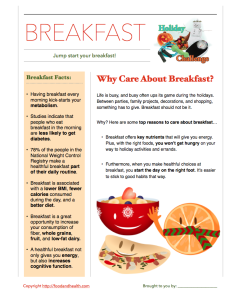Many people have changed their exercise routine due to the coronavirus pandemic. Some are streaming their favorite aerobics class instead of attending in-person. Others are purchasing home fitness equipment.
But even if we find ways to keep up our gym routine when the gym is closed, what about how much we’re moving in general?
Think about all the steps we aren’t taking because of the pandemic. If you’re working from home, you’re not walking from the car or bus stop to your office. You’re not taking the stairs instead of the elevator. If you’re doing curbside grocery pickup, you’re not walking around the supermarket.
That’s where counting steps can be useful, making it the perfect time for a 10,000 steps challenge! We have everything you need in our 10,000 Steps theme:
- 10k Steps Floor Sticker: No one will miss this bright, colorful reminder to work toward taking 10,000 steps a day.
- 10K Steps Banner & 10k Steps Exercise Poster: Put one of these in your waiting area or cafeteria to remind folks of the many ways they can move more every day.
- 10K Steps Wristbands, Pins, Bookmarks, and Stickers: These make great prizes – give one to anyone who writes on a sticky note how they plan to take more steps.
Here are three ways to engage your clients, students, or employees in a conversation about taking more steps throughout the day:
- Make a plan to increase your steps now. It could look something like this:
- Step 1: Get a pedometer or a tracking device (like a Fitbit) or find out if your cell phone will work.
- Step 2: Track how many steps you’re taking every day for a week.
- Step 3: Make a goal to increase your steps per day by 1,000 (or more or less, just be realistic).
- Step 4: Track for a week and repeat, with the goal of getting up to 10,000 steps.
- Brainstorm ways to keep your steps up even in cold weather. Do you need a warmer coat? New gloves or a hat? Boots?
- Challenge a friend – at the end of the day, text each other about how many steps you took and what your goal is for the next day.
Hollis Bass, MEd, RD, LD







